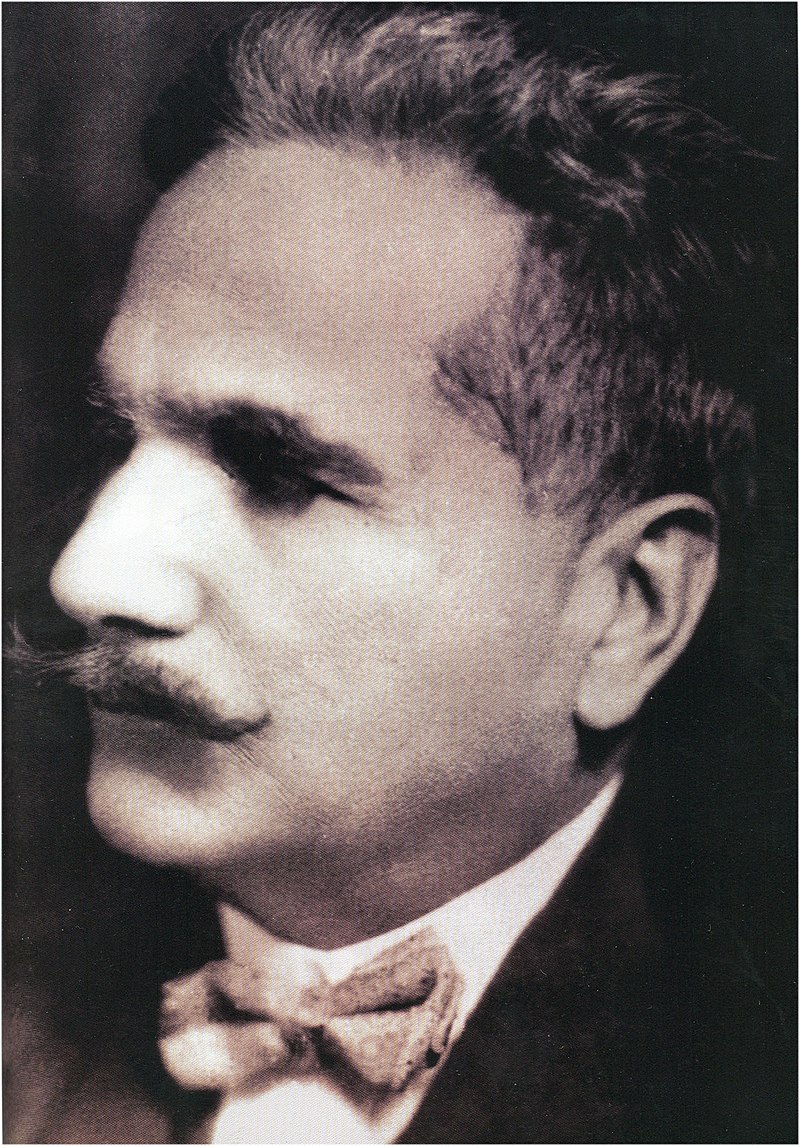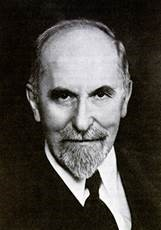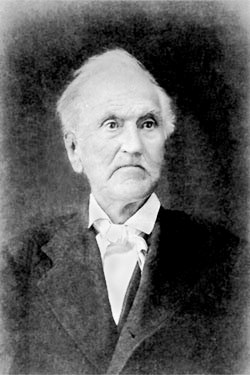Originally posted on Amazon.
I haven't seen this particular product, but I have
read a similarly-titled item elsewhere. Sir Muhammad Iqbal (1877-1938) was an
Indian Muslim poet, philosopher and politician. He is widely regarded as the
spiritual father of Pakistan, and was a leading member of Muhammad Ali Jinnah's
Muslim League. The Ahmadiyya, a controversial minority group within Islam,
claims that Iqbal shared their faith, until he repudiated the Ahmadis for
reasons of politic just a few years before his death. In Pakistan, the
Ahmadiyya are currently discriminated and regarded as non-Muslims, which makes
the Ahmadi claim a political and religious bombshell. Iqbal's criticism of the
Ahmadiyya movement is often referenced at various Sunni Muslim websites.
Iqbal's criticism of the Ahmadiyya is a curious blend of seemingly orthodox Sunni Islam and modernist, “liberal” Islam. On the one hand, Iqbal shares the orthodox Muslim position that the Ahmadis are apostates, since they have elevated their founder Mirza Ghulam Ahmad to a position higher than the Prophet Muhammad. However, Iqbal then proceeds to put a modernist-nationalist “spin” on his rejection of the Ahmadis. Thus, Iqbal interprets the idea that Muhammad was the last and best of the prophets in a “liberal” way, saying that Muhammad was the last human being to whom other humans were bound to submit themselves. After Muhammad, no human person or power can demand absolute submission based on divine authority. Iqbal also says that Muhammad was the highest of the prophets, since his revelation was simple, ethical and completely in keeping with human psychology. Thus, people who “submit” to Muhammad's revelations are voluntarily embracing the most enlightened and rational faith. Ahmadiyya, by contrast, is authoritarian and panders to the primitive superstitions of the uneducated Muslim masses. Mirza Ghulam Ahmad claimed to be a miracle-working “Promised Messiah”, the movement is led in a top down fashion by his descendants, etc.
Iqbal also has political problems with the Ahmadis. He accuses them of being pro-British and of creating confusion and mischief within the Muslim community in India. At several points, Iqbal compares them to the Babis and Bahais of Persia, which he believes were serving the interests of Czarist Russian imperialism. Iqbal even compares Muslim rejection of the Ahmadis with the Jewish excommunication of Spinoza. The Muslims in India must stand united, and this is made impossible by the machinations of the Ahmadis. Iqbal's concrete proposal is that the British Raj declare the Ahmadiyya to be a separate community, rather than part of the Muslim ditto. This was somehow connected to the election system in British India – presumably, Iqbal didn't want Ahmadis to represent Muslim constituencies. At the same time, Iqbal expresses support for Kemal Atatürk in Turkey, usually (and rightly) seen as a secularist reformer, not even a “modernist” Muslim. I get the impression that Iqbal wanted to turn the Muslims of India into some kind of nation in the modern sense of the term. Perhaps a bit like the Jews, who were turned into a modern Israeli nation by the Zionists?
I'm not sure how widespread Iqbal's modernist-nationalist criticism of the Ahmadiyya is in Pakistan. However, it seems that the entire political establishment from left to right are equally opposed to the Ahmadiyya, so I wouldn't be surprised if the controversies surrounding Allama Iqbal's relation to the Ahmadis will continue for some time to come…
Iqbal's criticism of the Ahmadiyya is a curious blend of seemingly orthodox Sunni Islam and modernist, “liberal” Islam. On the one hand, Iqbal shares the orthodox Muslim position that the Ahmadis are apostates, since they have elevated their founder Mirza Ghulam Ahmad to a position higher than the Prophet Muhammad. However, Iqbal then proceeds to put a modernist-nationalist “spin” on his rejection of the Ahmadis. Thus, Iqbal interprets the idea that Muhammad was the last and best of the prophets in a “liberal” way, saying that Muhammad was the last human being to whom other humans were bound to submit themselves. After Muhammad, no human person or power can demand absolute submission based on divine authority. Iqbal also says that Muhammad was the highest of the prophets, since his revelation was simple, ethical and completely in keeping with human psychology. Thus, people who “submit” to Muhammad's revelations are voluntarily embracing the most enlightened and rational faith. Ahmadiyya, by contrast, is authoritarian and panders to the primitive superstitions of the uneducated Muslim masses. Mirza Ghulam Ahmad claimed to be a miracle-working “Promised Messiah”, the movement is led in a top down fashion by his descendants, etc.
Iqbal also has political problems with the Ahmadis. He accuses them of being pro-British and of creating confusion and mischief within the Muslim community in India. At several points, Iqbal compares them to the Babis and Bahais of Persia, which he believes were serving the interests of Czarist Russian imperialism. Iqbal even compares Muslim rejection of the Ahmadis with the Jewish excommunication of Spinoza. The Muslims in India must stand united, and this is made impossible by the machinations of the Ahmadis. Iqbal's concrete proposal is that the British Raj declare the Ahmadiyya to be a separate community, rather than part of the Muslim ditto. This was somehow connected to the election system in British India – presumably, Iqbal didn't want Ahmadis to represent Muslim constituencies. At the same time, Iqbal expresses support for Kemal Atatürk in Turkey, usually (and rightly) seen as a secularist reformer, not even a “modernist” Muslim. I get the impression that Iqbal wanted to turn the Muslims of India into some kind of nation in the modern sense of the term. Perhaps a bit like the Jews, who were turned into a modern Israeli nation by the Zionists?
I'm not sure how widespread Iqbal's modernist-nationalist criticism of the Ahmadiyya is in Pakistan. However, it seems that the entire political establishment from left to right are equally opposed to the Ahmadiyya, so I wouldn't be surprised if the controversies surrounding Allama Iqbal's relation to the Ahmadis will continue for some time to come…






.jpg)
.jpg)












.jpg)









